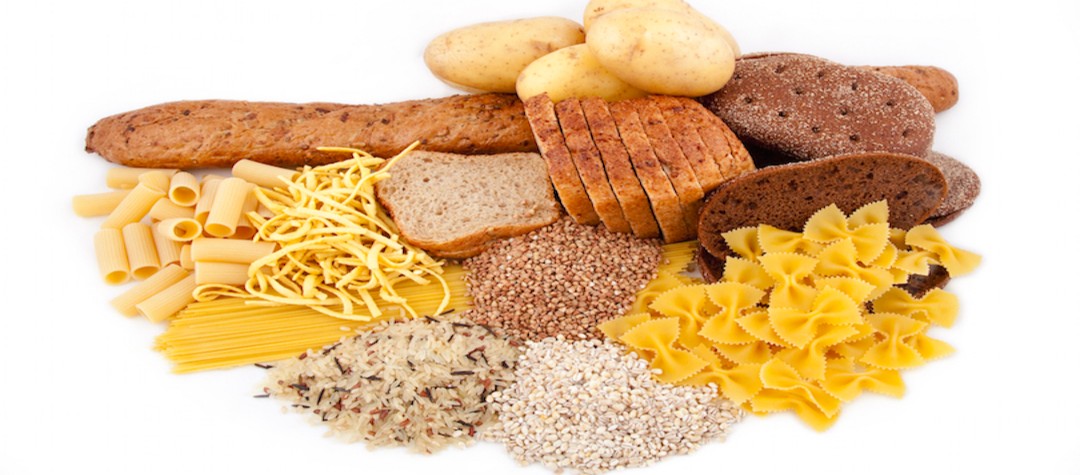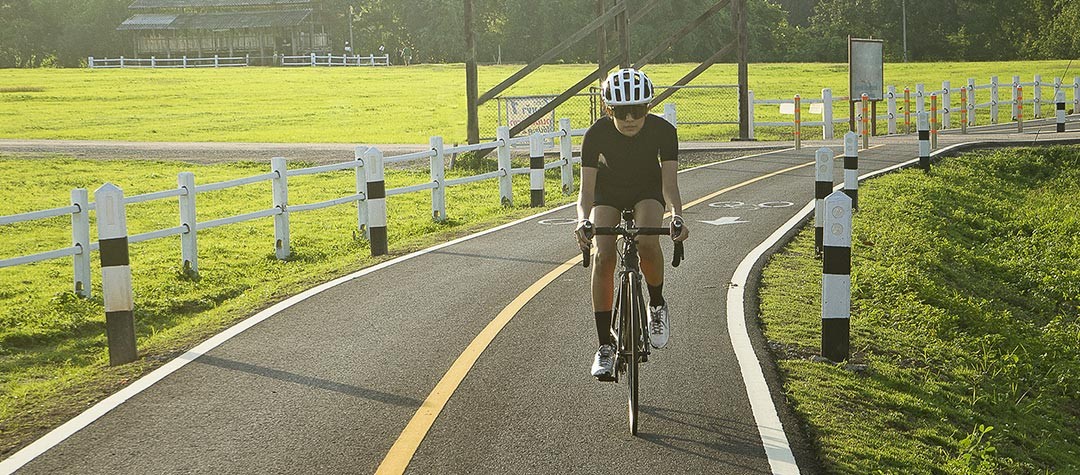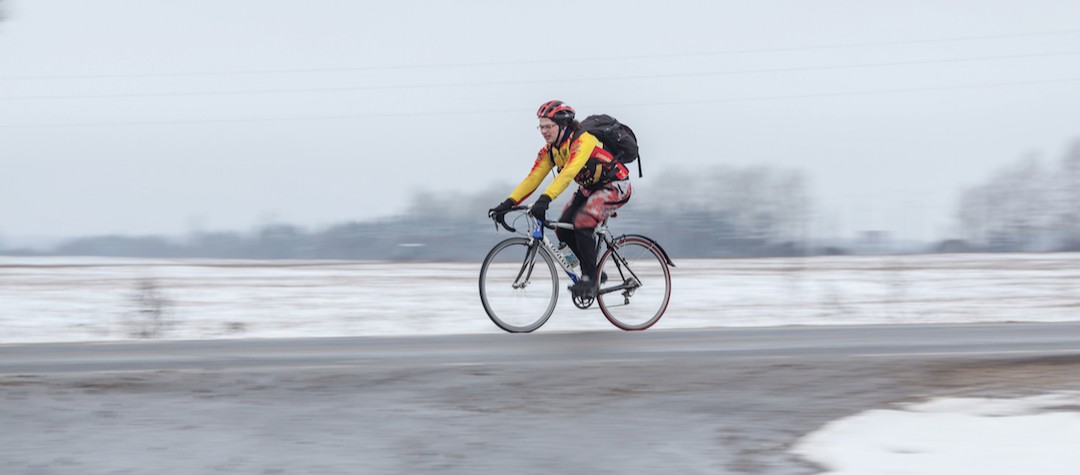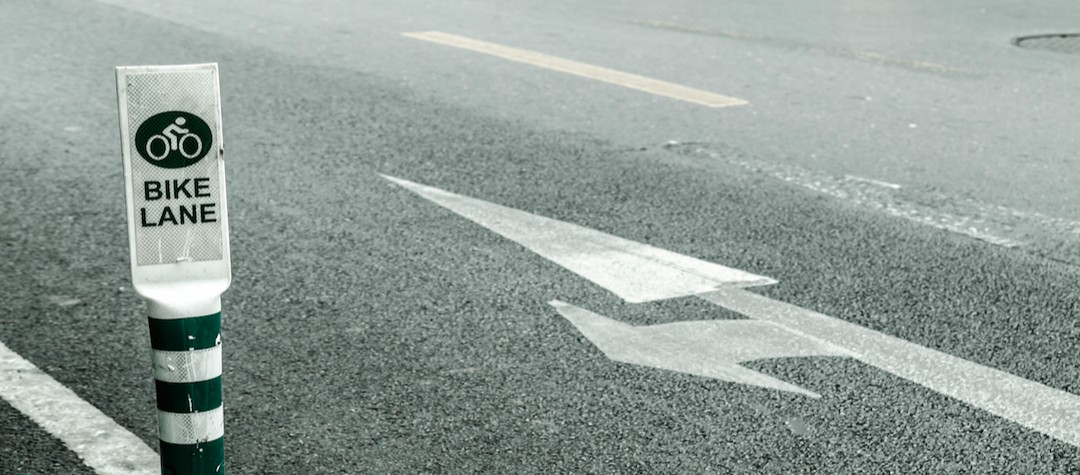Wondering how to avoid bonking on your rides? Get answers to the most common nutrition questions asked by cyclists so you fuel your rides correctly.
What does ‘bonking’ mean and how can it be avoided?
Bonking is another term for 'hitting the wall’, that moment when there’s nothing left in the tank and you are completely out of energy. This occurs when the body’s store of fuel (in the form of glycogen) is depleted, and the body instead starts to burn fat as an energy source, resulting in feelings of tiredness and a general collapse in performance. To avoid the the bonk, a cyclist needs to ensure that glycogen is fully topped up before starting and that it’s replenished throughout the ride. This is generally achieved through carbohydrate consumption both before and during the event or training ride.
Why are carbohydrates important to cyclists?
At the most basic level carbs are the main nutritional need for an endurance sport like cycling. Carbs can readily be broken down to supply glucose much more quickly and efficiently than fats or proteins and as such are the fuel of choice for any endurance athlete. Since the body is only able to store enough glycogen (derived from carbs) to support approximately 90 minutes of moderate intensity exercise, it needs to find a way of sustaining its current level of activity. Without additional carbs, when glycogen stores are used up, the body will get it’s energy from fat, but that won’t be enough to keep you going for a significant amount of time. The body therefore needs a means of fuelling and this comes from what you eat and drink during a ride, largely in the form of carbs.
What do I eat in the days leading up to a ride?
For any endurance cycling event you will need to load up on carbohydrates or ‘carbo-load’ in the 48 hours before your race. This will allow you to increase your glycogen stores so that you can stave off the energy bonk for longer. To carbo-load in the final few days before your event, increase your portions of carbohydrate at mealtimes (increasing consumption of carb-rich foods such as rice, potatoes, pasta, cereals) and add carb snacks (such as cereal bars and fruit) between meals or drink carb fluids alongside meals. Don’t neglect to add some protein to your meals too, but don’t overdo it as too much protein won’t leave you any room to fit in the additional carbs you require.
What foods should I avoid before a ride?
While carbs are an important part of your pre-ride preparation that is not an invitation to just pig out on anything.You should consume foods that you are used to and don’t make you feel uncomfortable or cause any any gastrointestinal symptoms. In the hours before a ride you should try to limit your consumption of foods high in fibre or fat, plus unusually spicy foods should be avoided. More obviously, alcohol should not be consumed and you shouldn’t overdo it on caffeine, although small amounts can be helpful. In the hour before a ride, snacks should focus on smaller easily absorbed, high GI snacks, a ripe banana being ideal convenient option.
What should I eat/drink on the day a ride?
Before heading out for a ride you should aim to consume a carbohydrate-based meal. If it’s in a the morning then breakfast a couple of hours before you ride allows sufficient time for digestion and helps you boost your glycogen stores. A carb breakfast such as porridge provides slow release energy, while toast or a bagel with peanut butter is also a good option providing carbs, but also an amount of protein too. Try to drink in the period after breakfast and before the start of your race to ensure that you are properly hydrated. If possible, also eat an energy bar to just top up your carbs before your ride.
What should I eat /drink during a ride?
Whatever you consume during an event you should make sure you have tested during training so that it does not have an unexpected adverse affect on you. While riding you need to consume some carbs, but clearly on the bike isn’t really the time to be tucking into a bowl or rice or pasta! Instead you can replenish your glycogen stores during a ride with a sports drink and supplements, a drink also serving as a means of keeping hydrated. Many riders opt for a drinks bottle or two containing a drink they have made up earlier with energy powder or tablets containing useful electrolytes, replacing those lost through sweat, and then supplement this with energy bars or energy gels. Find out what works for you and stick to it.
At which point do I need to refuel during a ride?
Refuelling should be done at a steady rate throughout your ride. Don’t wait until you feel tired, hungry or thirsty before you start consuming carbs as by then it’s likely already too late. As a rule, a typical strategy is to consume around 60 grams of carbohydrate per hour. You can do this through a combination of energy bars, gels and drink. to make it easier on yourself, you may want to have already open your bars as these can be a little tricky to unwrap while on the move. Try to consume during the less difficult part of the ride, namely on the flat instead of on the hills
Can caffeine help or should I avoid it during my ride?
Caffeine can help with performance but should be approached with an element of caution. Consumption of caffeine can provide a boost when it’s needed and it does this by altering muscle metabolism, which allows you to ride at a higher intensity without feeling like you are working as hard. Despite a widely held belief that caffeine will dehydrate you, consumption in reasonable amounts will not lead to your requiring more toilet stops or needing to drink more to compensate. It’s important to try caffeine in training to see how your body reacts to it as some people can feel jittery, anxious or notice their heart rating after using it.
Do I really need to use energy gels?
Energy gels are not just for the pro cyclist and are a great means of providing the energy boost you need, especially when burning literally thousands of calories on a long ride. Gels provide a convenient and reliable way of delivering the carbs the body needs during intense exercise and they reduce the need for carrying too much bulky food on a ride. Flavours and tastes of gels are plentiful so you’ll likely find one to your tastes. The only note of caution is to make sure you have tried them out before an event because some people can react badly to gels, resulting in the need for multiple toilet visits!
What should I eat/drink after a ride?
What you have after a ride is vitally important for ensuring proper recovery. It is essential to use that window of opportunity in the 30 minutes after a ride, when the metabolism is still lifted, to replace the glycogen you burned during the ride you just finished. Immediately after a ride you should hydrate; water is fine but fruit juice or a recovery-specific drink (you can buy these in powdered form and mix them yourself) are a good way to combine hydration and calorie replacement. You should then try and consume a well-balanced meal containing a mix of carbohydrates, fats and most importantly protein.















